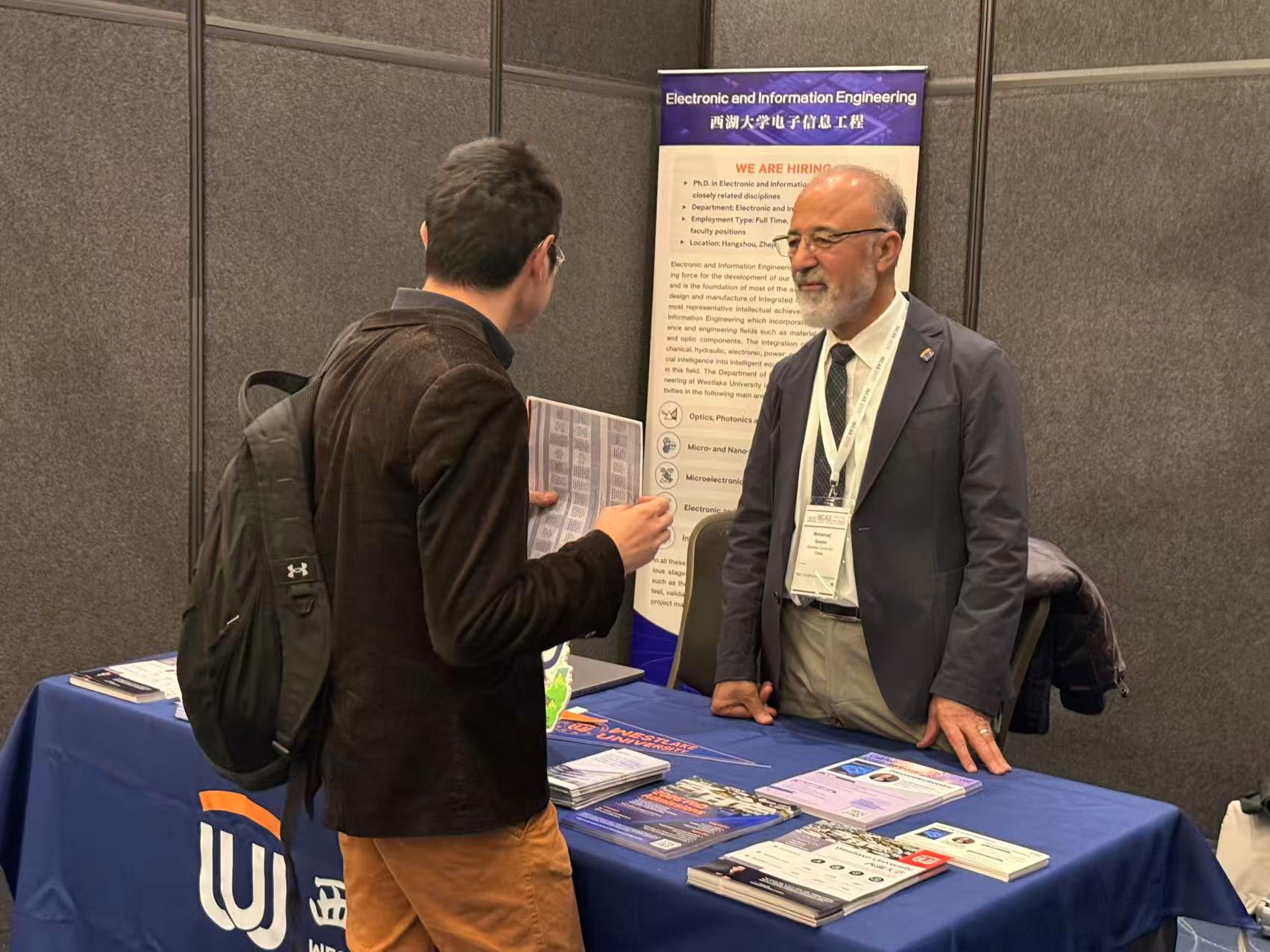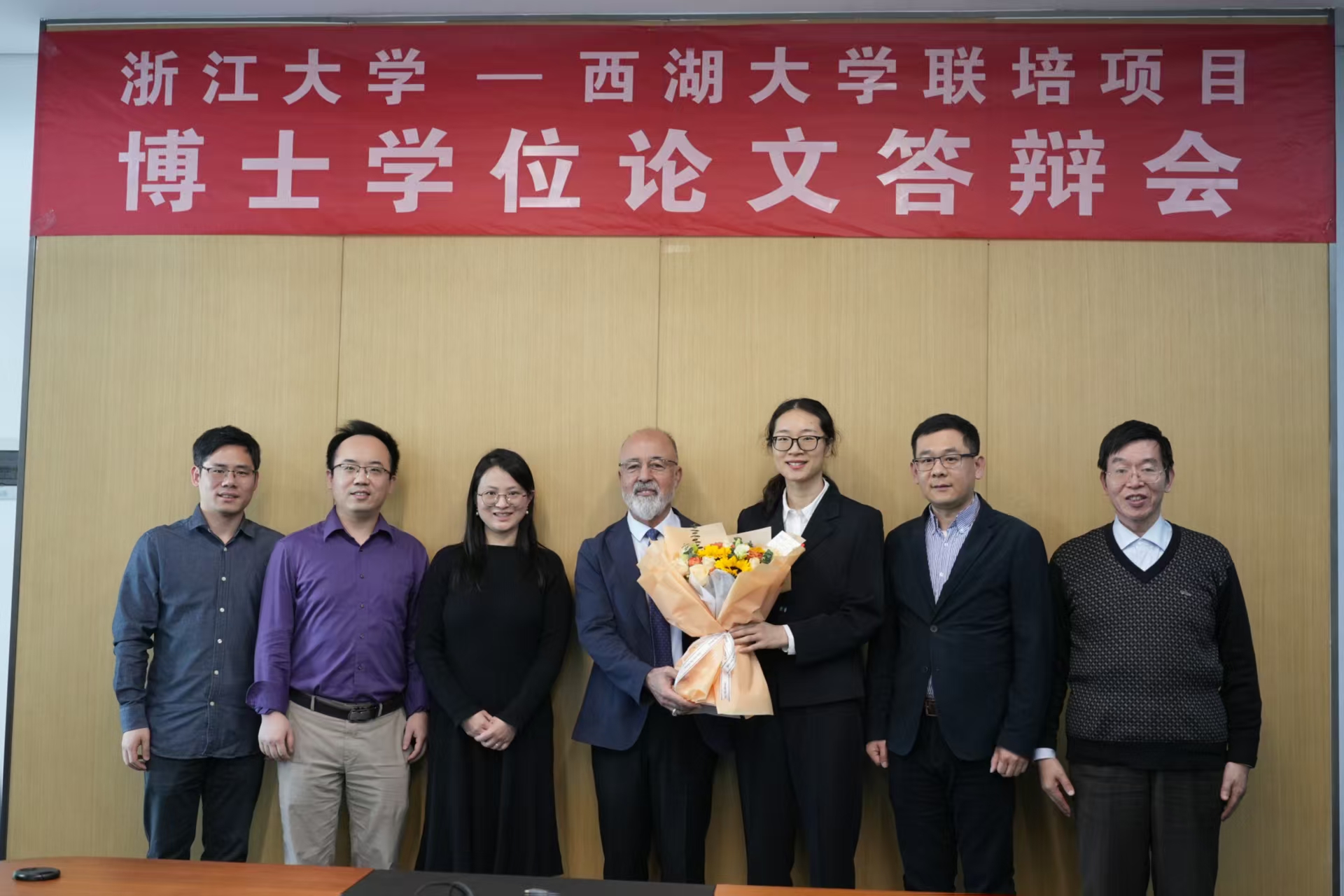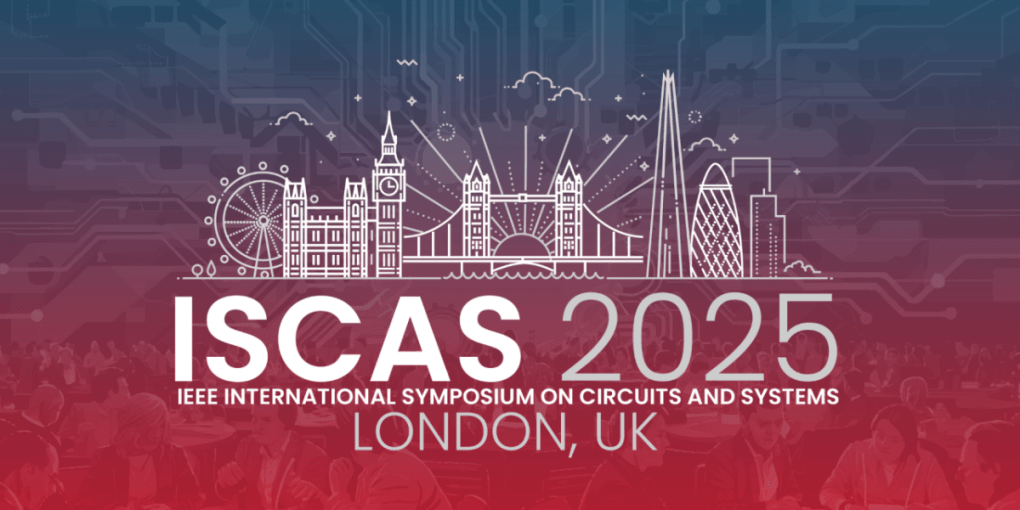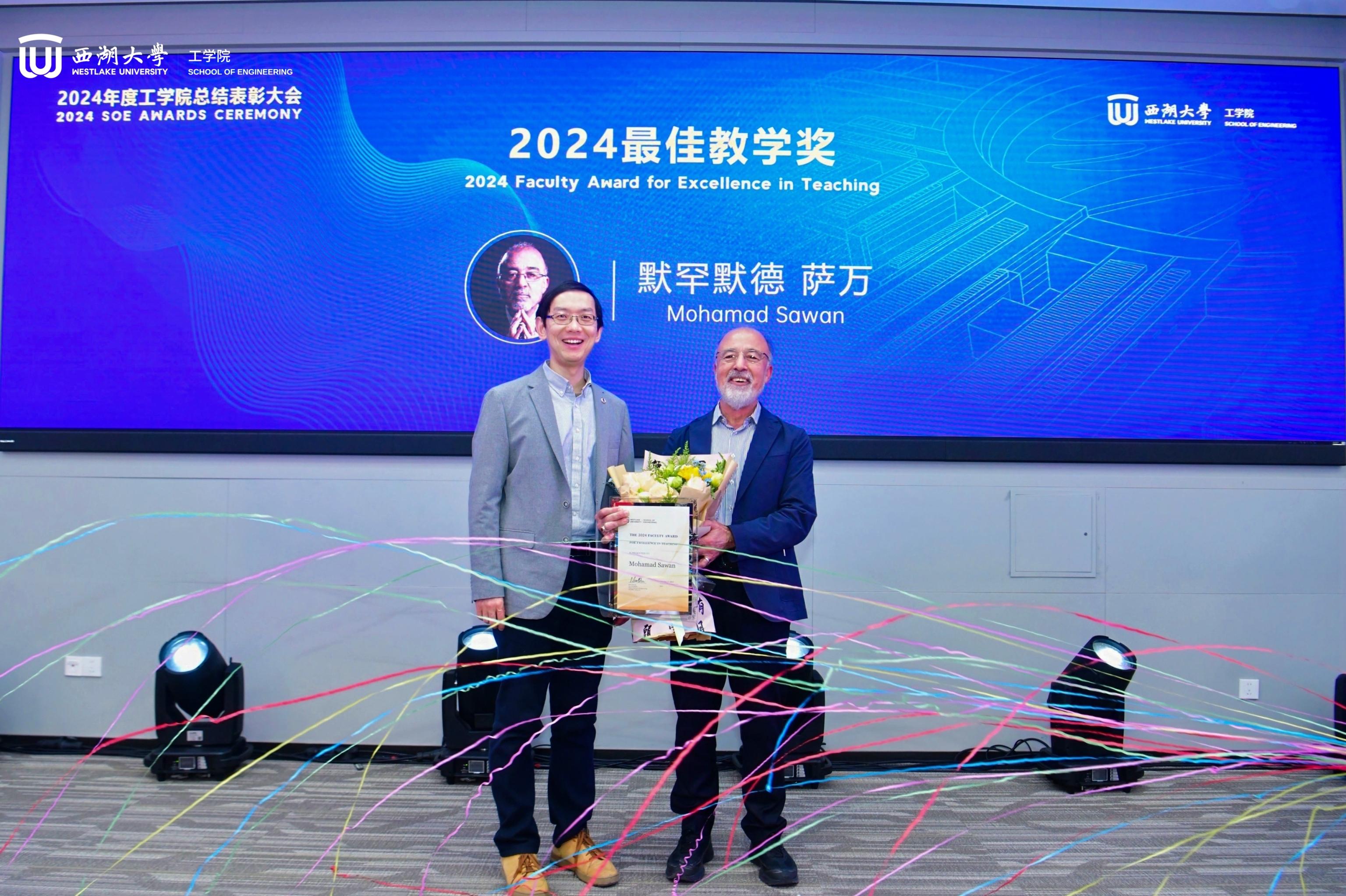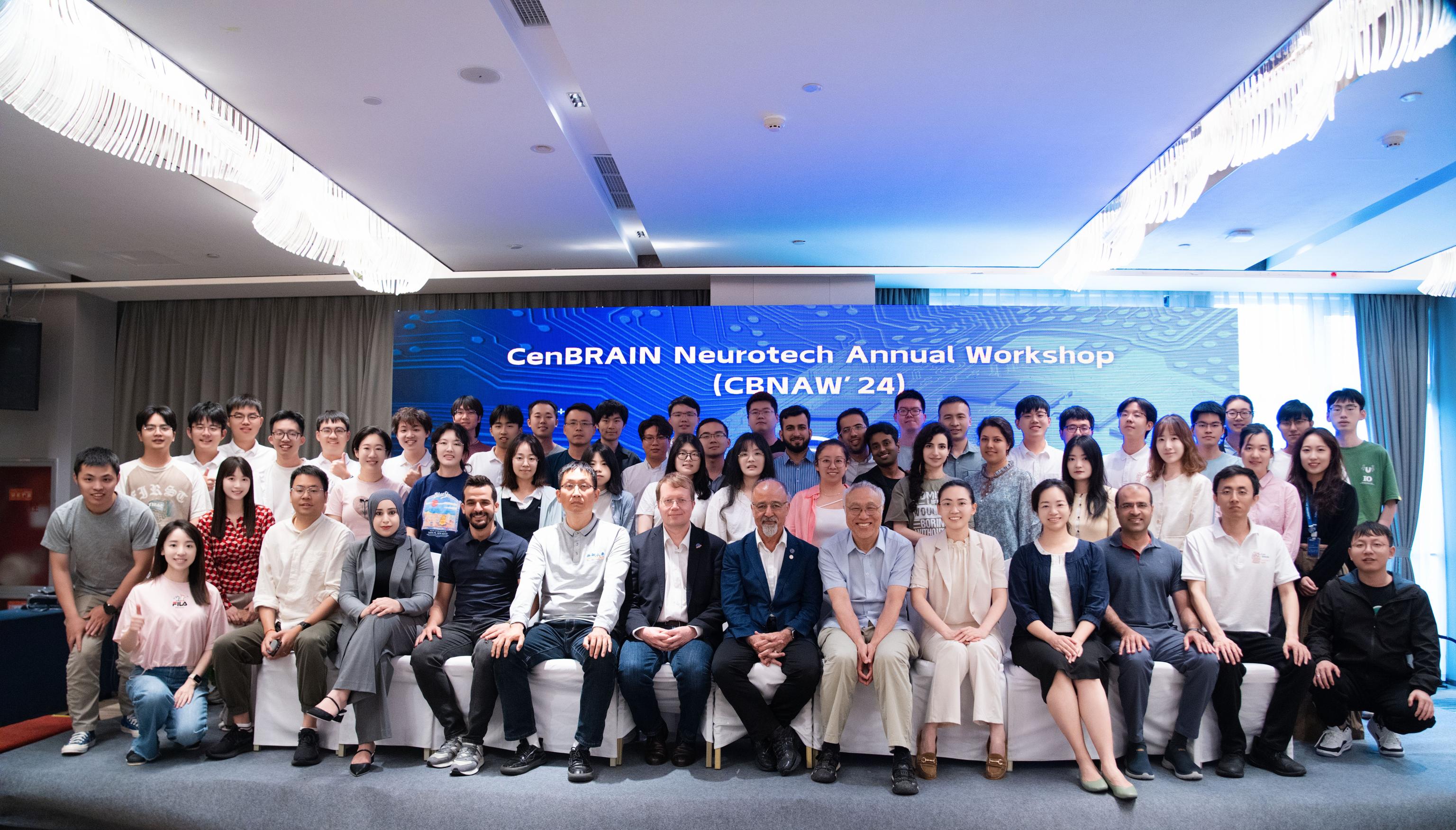
Fig. 1: May 31st, CenBRAIN Neurotech Center of Excellence has successfully held the 4th Edition of its Annual Workshop(CBNAW'24) in Yiwu, Zhejiang.
What's the CBNAW
Founded in 2021 and led by Chair Professor Mohamad Sawan, the CBNAW invites center members and academic collaborators to participate. It has successfully held three past editions in Huzhou, Thousand Islet Lake, and Shaoxing. As the most representative annual academic conference of the CenBRAIN Neurotech Center of Excellence, CBNAW aims to build an international, interdisciplinary exchange platform to promote ongoing developments in the field of biomedical engineering.

Sixty attendees, including members of the center and experts from electronic engineering, nanophotonics, artificial intelligence, and brain neuroscience, participated in the event. Chair Prof. Mohamad Sawan, Founder and Director of CenBRAIN Neurotech chaired the committee of this workshop and offered a welcome message to attendees. Prof. Luo Yuxuan from Zhejiang University, Prof. Alexey Kavokin from Westlake University, Dr. Ali Mohammad-Djafari from ISCT, and Prof. Yufeng Zang from Hangzhou Normal University attended this workshop and addressed keynotes.
In his welcome message, Chair Prof. Mohamad Sawan introduced the main goals of CenBRAIN Neurotech and the undergoing research areas. He highlighted the innovations in brain-computer interfaces, biosensing and neuromorphic processors. He also emphasized the team's growing contributions, and spotlighted the Center engineering and commercialization start ups and successes, before he offered warm thanks to organizers, collaborators and attendees, and he introduced the workshop's program.
As the first speaker of the day, Prof. Luo Yuxuan from Zhejiang University remotely shared a speech. He pointed that the application of capacitive sensing chips in the field of haptic system and future robotic human-machine interaction, and specifically talked about how to design high-efficiency chips under the design requirements of haptic system with high degree of reuse, high integration and low power consumption, which will be an important inspiration for the future development of human-machine interaction.
Chair Prof. Alexey Kavokin from Westlake University offered a talk titled "Photonic and plasmonic Tamm states: fundamental physics and applications", which provided a comprehensive introduction to the fundamental physics and fast-paced expansion of Tamm plasmons and Tamm photon modes. He raised his perspectives for the applications of Tamm modes in advanced applications such as sensing.

Founder and CEO of ISCT, Prof. Ali Mohammad-Djafari delved into the application of model-based deep learning neural network structures for inverse problems in imaging systems and shared the latest research findings and practical applications.

A scientist of researching cognitive and brain diseases from Hangzhou Normal University, Prof. Yufeng Zang offered a talk titled, "fMRI for Locating Abnormal Brain Activity and Guiding Precise Modulation", introducing a lesion localization method based on fMRI and used it to guide rTMS neural modulation.

Fig. 5: “Revisiting Brain-Computer Interface and Neuromorphic Chip Design”
Dr. Jie Yang, Research Associate Professor at CenBRAIN Neurotech, reviewed the center's works on brain-computer interfaces and neuromorphic chip design, and revisited the future challenges in these areas.

Fig. 6: “Organoids-on-Chip in Inflammatory and Neurological Diseases”
Dr. Sumin Bian, Research Associate Professor in Westlake University, introduced one of the four ongoing research axes at Team2 of Biosensors and Biointerfaces of CenBRAIN Neurotech: Organoids-on-Chips in Inflammatory and Neurological Diseases. The presentation summarized the project's background, achievements, undertaken research efforts, and highlighted the challenges and trends.

Fig. 7: “Neuroimaging Identification of Addicted Individuals with rTMS Treatments”
Dr. Yun-Hsuan Chen, Research Assistant Professor in Westlake University, summarized the key results of Zhejiang Key R&D project in her presentation. It includes analyzing the biomakers to identify the addicted individuals using EEG and fNIRS signals.
Artificial intelligence (AI) is increasingly contributing to neuroscience.Through interdisciplinary collaboration, we can better understand how to translate neuroscience research findings into brain-inspired artificial intelligence, but it also holds greater importance for the research and treatment of future neurological disorders.

Fig. 8: Panel Discussion of CBNAW'24
(From left to right: Dr. Sumin Bian, Dr. Ali Mohammad-Djafari, Dr. Guoguang Rong, Prof. Mohamad Sawan, Dr. Yufeng Zang, Dr. Jie Yang, and Dr. Yun-Hsuan Chen.)
This panel discussion, chaired by Prof. Mohamad Sawan, invited six scholars from the fields of brain-computer interfaces, closed-loop neuromodulation applications, organ-on-chip, and brain disease research. Together with our center's PhD students and postdoctoral fellows, they discussed the current challenges and future trends of AI in neuroscience.
Six PhD students and research assistants from the CenBRAIN Neurotech shared their recent work progress at the workshop. From artificial intelligence and biosensing to photoacoustic imaging, they showcased a variety of interdisciplinary research achievements, demonstrating the center's innovative contributions across multiple research directions to the attendees.
The final part of this workshop was the "surprise" session of CBNAW. Chair Professor Mohamad Sawan announced the 10 center members who were awarded the titles of Outstanding PhD Student, Excellent PhD Student, and Excellent Staff members for this year. He presented them with certificates and gifts. All awardees are listed below:
Outstanding PhD Student:
Chuanqing Wang, Di Wu
Excellent PhD Student:
Chaoming Fang, Hui Wu, Jinbo Chen
Excellent Staff:
Dr. Jie Yang, Dr. Razieh Eskandari, Dr. Fahimeh Marvi, Xixi Song, Fangyuan Tian
CBNAW'24 was not only a grand academic exchange but also a comprehensive showcase of our center's achievements in innovative research and talent development. Special thanks to Dr. Yuxuan Luo, Dr. Alexey Kavokin, Dr. Ali Mohammad-Djafari, Dr. Yufeng Zang, Dr. Ning Chu, and our former PhD graduate Dr. Shiqi Zhao for their participation and sharing. We look forward to continuing to promote interdisciplinary collaboration, breakthrough technical barriers, and cultivate more outstanding talent to contribute to the progress of the biomedical engineering field.






